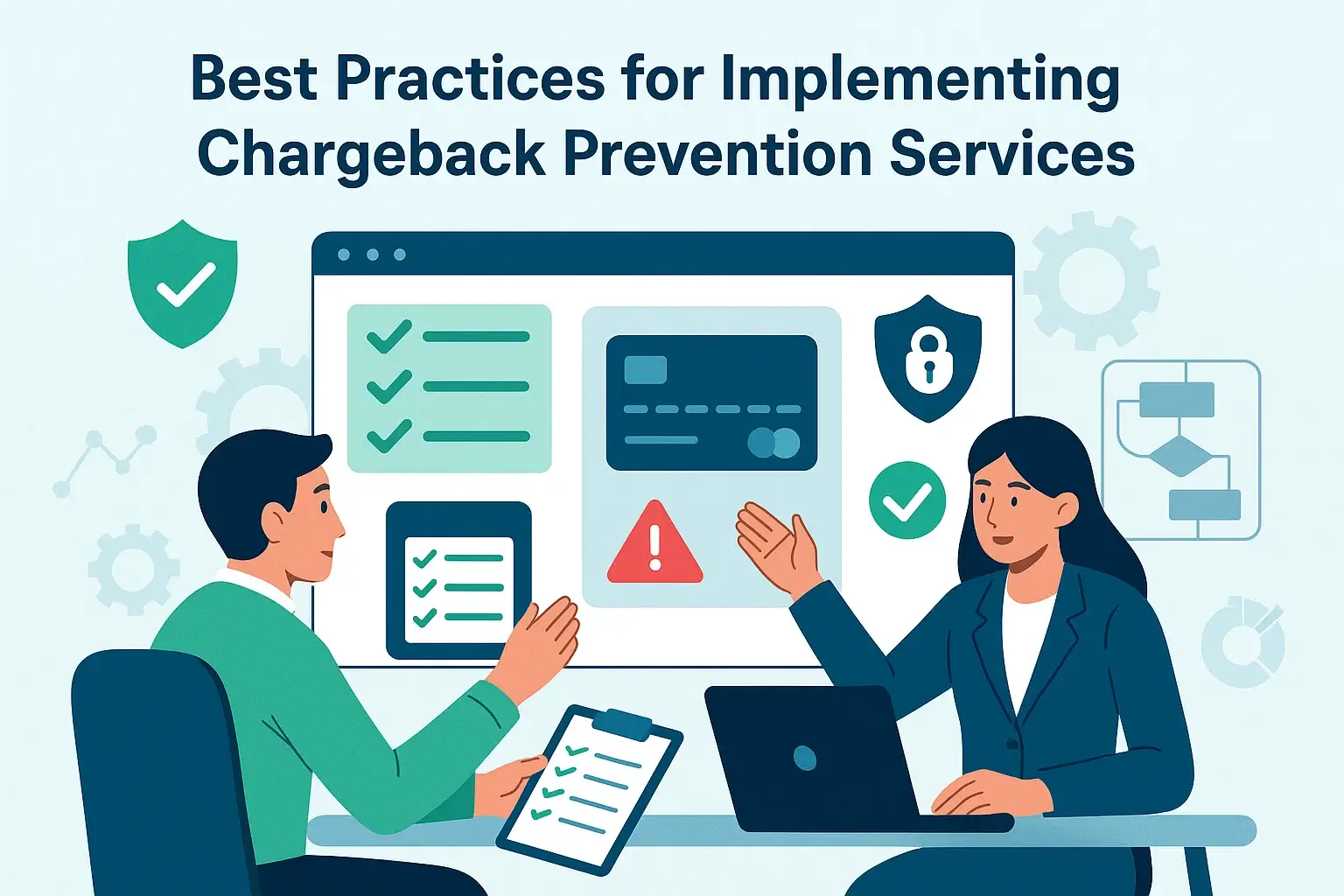disputeresponse Jun/ 24/ 2025 | 0
Chargebacks can be costly and disruptive for businesses, but with the right approach, you can significantly reduce their frequency and impact. Whether you’re an eCommerce business, a subscription service, or a brick-and-mortar retailer, implementing chargeback prevention services is essential to protecting your profits and maintaining strong customer relationships.
Here are some best practices for effectively preventing chargebacks:
1. Use Advanced Fraud Detection Tools
Implementing robust fraud detection software is one of the most effective ways to prevent chargebacks. These tools help to identify potentially fraudulent transactions before they are processed. Using machine learning and real-time transaction analysis, these systems flag suspicious activity and allow you to take action immediately, either by rejecting the transaction or requesting additional customer verification.
2. Maintain Clear and Accurate Descriptions
A common cause of chargebacks is confusion or dissatisfaction with a product or service. To avoid this, ensure that your product descriptions, billing statements, and any communication with customers are crystal clear. This will help prevent misunderstandings that could lead to a chargeback.
3. Implement a Transparent Refund Policy
A clearly communicated and fair refund policy can reduce the likelihood of chargebacks. Make sure your policy is easy to find and understand. Provide simple instructions for returns and refunds, and ensure your customers know how to resolve issues before resorting to chargebacks.
4. Utilize Address Verification Services (AVS)
AVS is a simple but powerful tool to verify the billing address provided by customers against the one on file with their card issuer. This step can reduce fraudulent transactions and prevent chargebacks caused by unauthorized purchases.
5. Secure Your Website with SSL Encryption
Online retailers are prime targets for chargeback fraud. Implementing SSL encryption on your website ensures that sensitive customer data is securely transmitted. This level of security builds trust and reduces the chances of chargebacks linked to data breaches or unauthorized transactions.
6. Monitor Chargeback Trends Regularly
Stay on top of chargeback trends by regularly reviewing chargeback data. Use chargeback management platforms to track patterns, identify problem areas, and take proactive measures. This can help you avoid future chargebacks and refine your prevention strategy.
7. Strengthen Customer Service
Providing excellent customer service can help you resolve issues before they escalate into chargebacks. Make sure your support team is easily accessible, responsive, and capable of handling disputes efficiently. Offering quick and effective resolution of customer complaints can turn a potentially negative situation into a positive one, reducing the likelihood of a chargeback.
8. Implement 3D Secure Authentication
3D Secure (3DS) is an additional layer of authentication during online transactions. By requiring customers to verify their identity via a one-time password or biometric scan, you can significantly reduce fraud and chargebacks. Many payment gateways support 3D Secure, making it a practical solution for businesses of all sizes.
9. Provide Detailed Transaction Information
Make sure your customers have all the necessary details when they make a purchase. Clear receipts, billing descriptors, and accurate charges can prevent confusion, which often leads to chargeback claims. Providing detailed transaction information also helps protect you in the event of a dispute.
10. Partner with a Chargeback Management Company
For businesses that struggle with chargebacks, partnering with a chargeback management company can provide additional expertise. These companies specialize in preventing and managing chargebacks, giving you the tools and knowledge needed to protect your business and reduce financial loss.

